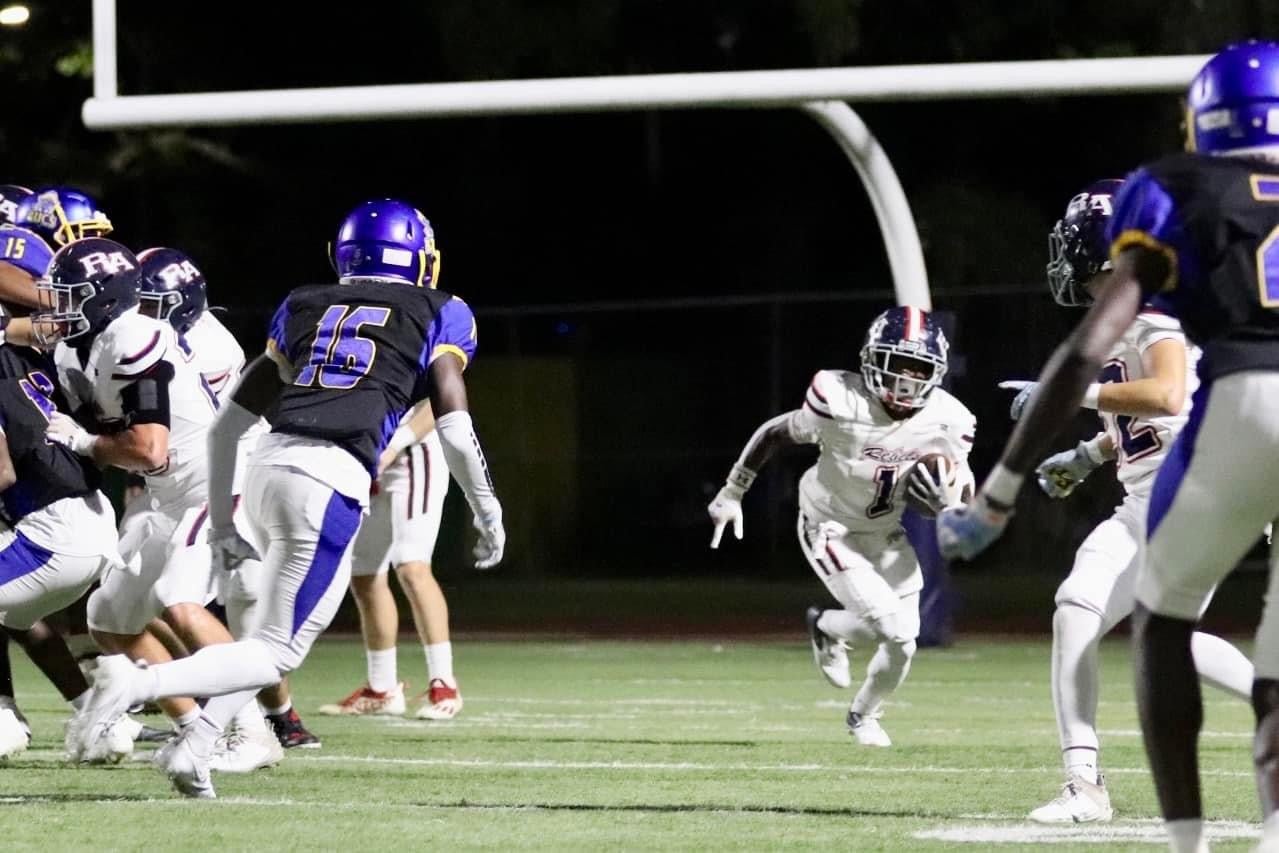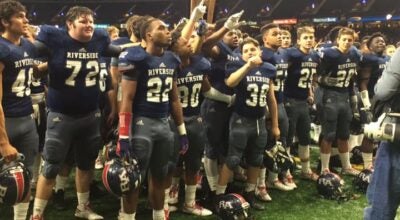Arena: Klinsmann leading U.S. team into future
Published 11:45 pm Friday, June 20, 2014
The World Cup has made for a pretty fun viewing experience so far, with the United States’ win over Ghana providing the brightest highlight for most.
There’s always something about seeing the names of the teams squaring off representative of countries and not cities. While soccer doesn’t at all approach the reach of the NFL here, I always have that feeling of “This is a really big deal” when the World Cup comes around because I know that by and large, the Cup is the Super Bowl of the World and the bragging rights are off the charts with each win and loss.
Aside from the United States, I’ve been cheering for Italy — Arena, and all that — and really got into their 2-1 win over England. Really exciting match.
One thing I found kind of interesting was the controversy around U.S. coach Jurgen Klinsmann’s comments about the United States’ “unrealistic” odds to win the World Cup. Those comments were very untraditional as far as how we Americans view competition. You go all out to win today, pushing the envelope to increase your immediate odds by any means necessary. Don’t quit, and don’t surrender.
What struck me about the comment mostly, though, was how utterly unphased I was by it.
The first reason comes from my experiences covering prep soccer: soccer coaches, by and large, are very blunt, and that’s gone double for those who have come from outside the U.S. There’s just not a lot of fluff in what they tell you. If they think they outplayed someone and that someone just got lucky, they’ll let you know. If they think someone screwed up, they’ll let you know. If they think an official made a bad call … you get the picture. As a reporter, but also as a sports fan fascinated by the “how and why” things happen on the field, I’ve always appreciated their candor. And while it doesn’t hype me up more for the next U.S. Cup match, I appreciate Klinsmann’s candor.
The other reason is simply that people who build teams are getting sharper about how to allocate their assets and effort. “Win today at the expense of everything else” is an antiquated outlook. We see it on the prep level all the time when certain teams who are trying to build toward a championship-level program start players at a very young age and let them play for four or even five years; it’s not likely a freshman-heavy team will win a state championship, but if those players are good, they may be in that ballpark by their junior or senior seasons.
When Klinsmann left 32-year-old Landon Donovan off the roster, it may or may not have been the correct move to win games in 2014, but with the established veteran leader out, it forces new, younger players into that role this time around. While it may hurt our national team in the short term, those players will be more comfortable in high leverage roles the next time around. I’d tend to think that’s what Klinsmann casts an eye to: maximizing win potential in a future year where his program can hit it big vs. maximizing it in a year likely capped by a relatively early exit.
•••••••
Just a week before the NBA Draft is set to happen, things were thrown into a bit of chaos when prospective top pick Joel Embiid was found to have a broken foot by Cleveland Cavalier doctors.
It presents an interesting issue to teams picking early. The 7’ center, to me, was the best looking prospect out of a deep draft and the player that appeared to have the most star potential. It’s hard to not get excited when “Hakeem Olajuwon” comparisons are bandied about. Statistically, Embiid put up numbers that made him look like the best prospect since Anthony Davis — though not at Davis’ otherworldly level at Kentucky — and the Kansas big man seemed to have done what was unthinkable before the college basketball season: cause the super-hyped Andrew Wiggins to not even be the first JAYHAWK selected in the 2014 Draft.
But aside from the stress fracture revealed in his foot, Embiid also has a balky back that cost him time near the end of the college season and cost Kansas a chance at a deep tournament run. Back and foot issues for a big man aren’t often taken lightly, and in a year with prospects like Wiggins and Jabari Parker, Embiid may fall a few spots.
The specific foot injury makes the waters even more murky: a stress fracture of his navicular bone, which heavily compromised the careers of players like Yao Ming, Bill Walton and Kevin McHale at one point or another.
Embiid is my favorite prospect in this draft so it really disappoints me to see this development. I’d still take him first, however. His upside is too great to pass on. Embiid’s collegiate numbers compared favorably with players like David Robinson, Hakeem Olajuwon, Patrick Ewing and Alonzo Mourning. Also, Greg Oden, which is the cautionary tale here. But there is risk with every draft pick. The reward is rarely this high.





